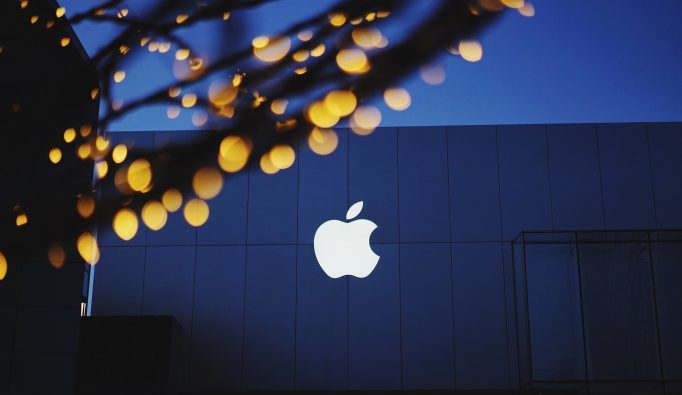
by LDeX Group | Mar 5, 2018 | Blog, Press
Comes after the Cupertino giant’s $1bn investment on a different facility in Guizhou is now known to be opening in 2020.
Apple is reportedly planning to build a second data centre infrastructure in China due to become operational by 2020, government sources have revealed.
According to a report from news agency Xinhua, citing the said sources, the data centre is to be located at Ulanqab City in the Inner Mongolia Autonomous Region.
The company was not immediately available to share more details or issue an official confirmation of the investment. More details about the project are currently unknown.
Apple is underway with its first Chinese data centre set to also open in 2020 and expected to hit $1bn in CAPEX.
Based in the southern province of Guizhou, the data centre is projected to be powered using 100% renewable energy sources, something that Apple could also be planning for the Ulanqab City site.

by LDeX Group | Mar 5, 2018 | Blog, Press
In eight days, the American internet giant has announced the construction of nine facilities with many more potentially on the cards.
Google has announced the construction of three data centres in Osaka, Japan, brining the total number of facilities announced since February 1, 2018, to nine.
The fierce expansion comes as the company’s cloud services continue to experience strong demand across the world, forcing the addition of the sites in Osaka as well as in Belgium and in the US, where five buildings will be erected.
Additionally, reports out this month suggested Google’s parent company Alphabet to be in close conversations with Saudi Arabian oil company Aramco to aid in the construction of several data centres in the kingdom.
And in Sweden, work has begun to clear 40 acres of the 190-acre piece of land Google acquired in October 2017 in Avesta.
In a statement, the local municipality explained: “As part of preparing the Horndal Industrial Zone for development there will be several noticeable activities occurring on or around the zone over the next 6-18 months, this includes logging and felling of trees on a portion of the site, as well as infrastructure works for the connection of utilities.
“This does not mean that a decision to begin development of the site has been taken, but the works are the next step in enabling that decision to be made.”
Google was not immediately available for comment.
Back in Japan, the new Osaka infrastructures will become Google’s second cloud region in the country and the seventh in APAC, with Hong Kong set to open soon as its sixth region.
The Osaka investment is expected to be finalised and operation in 2019 “and it will make it easier for Japanese companies to build highly available, performant applications,” said Shinichi Abe, Managing Director, Google Cloud Japan, in a blog post.
He continued: “Osaka is a large port city and a leading commercial centre, and will be our seventh region in Asia Pacific, joining our future region in Hong Kong, and existing regions in Mumbai, Sydney, Singapore, Taiwan and Tokyo. Overall, the Osaka region brings the total number of existing and announced GCP regions around the world to 19—with more to come!
“[With the Osaka region] customers will benefit from lower latency for their cloud-based workloads and data. The region is also designed for high availability, launching with three zones to protect against service disruptions.”
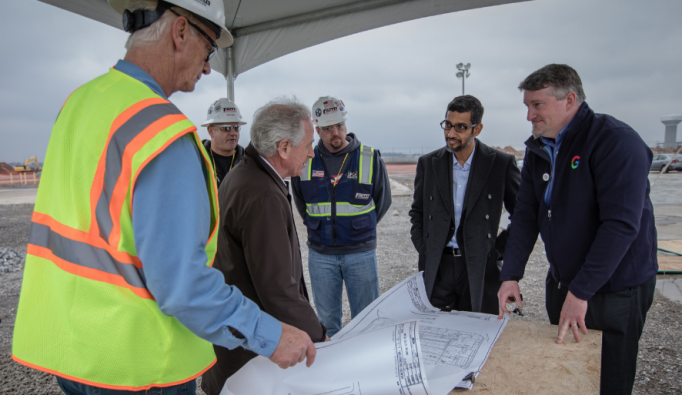
by LDeX Group | Mar 5, 2018 | Blog, Press
Company breaks ground in Tennessee and announces investment in Oklahoma as it reveals it employs up to 1,900 directly on its data centre campuses.
Google has launched a cloud assault on all the world’s top public cloud providers with the announcement of a combined investment of $6bn in data centres and energy infrastructure, following Apple’s $10bn data centre push unveiled last month.
The plans were unveiled by CEO Sundar Pichai while attending the ground-breaking ceremony of the company’s new data centre in Clarksville/Montgomery County, Tennessee.
He said: “The Tennessee data centre is part of a $2.5bn investment we are making to open or expand data centres in Alabama, Oregon, Tennessee, Virginia and Oklahoma.
“These data centres are what make Google services run for you or your business (in Tennessee alone, we answer millions of searches a day, and about 18,000 businesses and non-profits use our search and advertising tools).”
Tennessee Senator Bob Corker,said: “The launch of Google’s data centre in Clarksville is great news for Montgomery County. These high-quality jobs will benefit families in a real way, and I applaud Google’s mission to improve education and advance workforce development for Americans.”
Of the $2.5bn CAPEX, $600m alone are to be invested into Google’s campus at the Mid-America Industrial Park near Pryor, Oklahoma, brining the company’s investment in the state to $2.5bn.
Google has also recently announced new data centre builds in Japan and work has started on a potential new data centre campus in Sweden.
Pichai said: “Our data centres also have a strong impact on the economies around them. People often discuss “the cloud” as if it is built out of air. But it’s actually made up of buildings, machinery, and people who construct and manage it all.
“Today we employ an estimated 1,900 people directly on our data centre campuses. We have created thousands of construction jobs—both for our data centres themselves, and for renewable energy generation.”
With that, Pichai took on the opportunity to lay down the cloud giant’s renewable energy purchasing commitments to date which will result in energy infrastructure investments of more than $3.5bn globally, “about two-thirds of that in the United States”.
He added: “In addition to these five data centres, we are investing in new or expanded offices in nine states: California, Colorado, Illinois, Massachusetts, Michigan, New York, Pennsylvania, Texas and Washington.
“Having talented people from different places, bringing diverse perspectives and backgrounds to work, is essential to the development of our products. In these locations, there will be jobs for thousands of people in a variety of roles—engineering, operations, sales and more.”
by LDeX Group | Feb 6, 2018 | Group News
At LDeX, our customers are at the heart of everything we do, which is why we’ve officially launched a new break out space for clients in both of our London and Manchester data centres.
These new areas offer clients the chance to work remotely and take advantage of our high-speed Wi-Fi, whilst also providing a space to kick back and relax.
Each break out space features individual hot desks, comfy sofas and a TV to watch and stream content from laptops, tablets or any other mobile devices. As part of this, we’re also offering a free host of refreshments and snacks.
As ever, our dedicated team will also be on hand to deal with any of your needs or queries.
Rob Garbutt, CEO at LDeX Group said: “We’d like to encourage more customers to become a part of daily life at LDeX. The space offers a chance for our clients to work without distraction away from their offices and dip into our team’s expertise whenever they need it.
“We’d like every client to take advantage of these spaces and hope that these facilities will further strengthen our relationships with our ever-expanding pool of customers.”
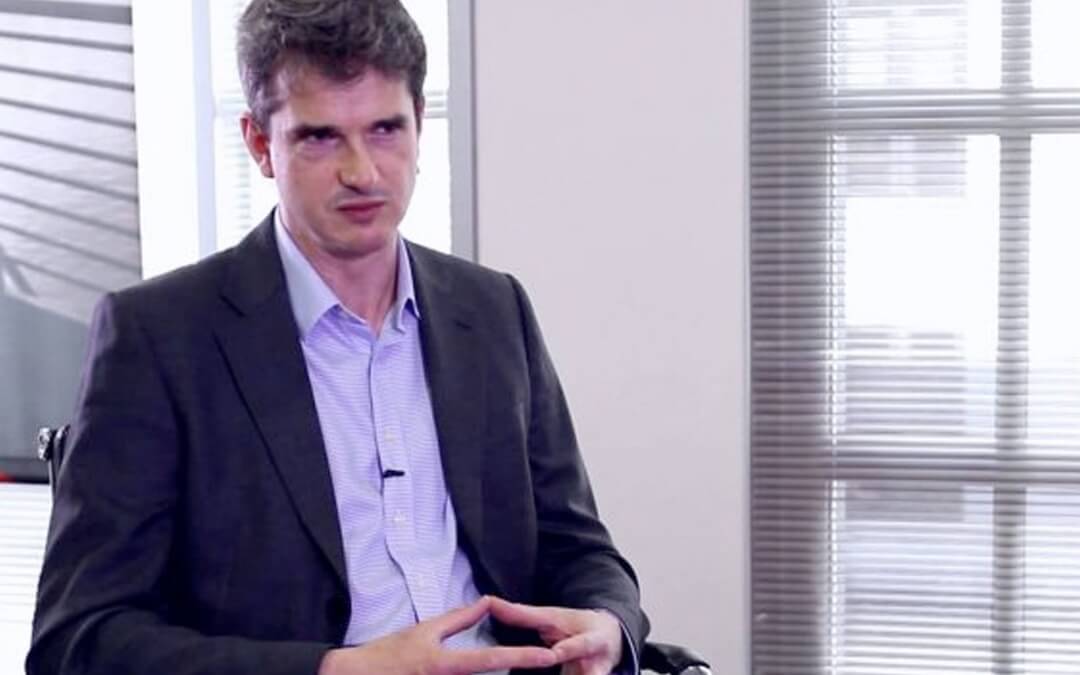
by LDeX Group | Feb 5, 2018 | Blog, Press
by Russell Poole, Managing Director UK, Equinix
With interconnection installed bandwidth capacity set to increase by 54% in the manufacturing sector by 2020 it is key that colocation data centres help automotive manufacturers develop and deploy an Interconnection Oriented Architecture to help them thrive in an increasingly connected world.
Future drivers envisage their cars to act as ‘smartphones on wheels’ that allow them to watch films, read e-books and seamlessly link to their mobile devices.
However, the true benefits of connected cars are much more profound; it is estimated that connected cars could prevent 10,000 fatalities and around 500,000 injuries in the US alone. This is primarily due to the data they generate which maximises safety by providing valuable insights into both the car – it tracks other road users, detects vehicle faults – and the driver – their location, driving history and usage habits.
Yet, with these benefits come immense challenges and an interconnection strategy is essential to meeting these head-on.
Challenges to connectivity
Connected cars use vast amounts of data. In just one hour, a connected car will upload 25 GB/data to the cloud – exceeding the storage capacity of most modern smartphones and equaling roughly 12 HD films. In total, around 4,000 GB/data will be used a day. To put this in context, a smart hospital will use around 3,000 GB.
As a result, a major concern surrounding connected cars is cyber security. Recently, hackers exploited Fiat Chrysler Automobiles Uconnect software to wireless control a Jeep, disabling its engine and breaks, causing it to crash.
Worryingly, there are around 100 electric control units and over 100 million lines of code in today’s cars which are sourced from various suppliers so that no individual person or organisation has control of the vehicle’s source code. However, threats can often be found and fixed by cloud security services before they can infiltrate the vehicle while also facilitating real-time updates and intelligence.
The insurance sector is a prime example where connected cars have already forged change. Human error is attributed to 90% of car accidents – as risk of accidents declines, so does the need for insurance. As such, many insurers are mitigating this threat by calculating risk using data on where, when and how you drive instead of an experience based model. Therefore, the industry relies on accurate data from telematics boxes to determine premiums. Debates are already in full swing as to whether this data should be stored in the cloud. If so what strain will it put on our digital infrastructure, and can we cope with the data requirements?
Enabling a new type of data demand through interconnection.
The fact that cars travel adds an additional layer of complexity as they constantly expand and redefine network boundaries. It is important to user safety that connected cars stay connected at these digital edges – so drivers can continue to receive alerts on immediate dangers and advice on safer routes. This is something that traditional fixed and siloed IT infrastructures cannot ensure, as their design prevents the gathering and processing of vast volumes of big data and they are not able to facilitate the stretching of network areas.
To guarantee the successful future of the connected car, we need to make sure data centers are equipped to cope with a new type of data demand. They will need to be able to:
- Prioritise and react to data in real time
- Bypass the public internet, to guarantee personal data about location and movement is stored and analysed in a secure environment
- Ensure continuous, high-performance connection to access clouds, networks and partners – whether a vehicle is travelling in London or Rio De Janeiro
Automobile manufacturers require IoT and big data strategies and architecture that deliver globally-distributed IT and interconnection capabilities for real-time data capture. Data centres like Equinix provide strategically placed global colocation and interconnection services which meet these needs.
They can collect, store, process and analyse data while simultaneously allowing businesses, networks and cloud providers to access it securely.
Crucially, they can ensure the digital edge is available 24/7 in any location through the collaboration of the cloud, mobility and the IoT, which reduces latency and improves user experience.

by LDeX Group | Feb 5, 2018 | Blog, Press
New Netherlands region, europe-west4, joins Belgium, London and Frankfurt in Europe.
Google has brought online its 14th cloud region powered by the company’s data centre in Eemshaven, the Netherlands.
Named Europe-west4, the region counts with three zones designed to let developers build new applications.
The new Netherlands region, europe-west4, joins Belgium, London and Frankfurt in Europe.
Dave Stiver, Product Manager, Google Cloud Platform, said: “The Netherlands region is located in our existing data centre in Eemshaven.
“Prior to opening this data centre two years ago, we had procured enough renewable energy on the Dutch grid to ensure consumption would be matched with 100% renewable energy from day one.
“This means that when you use this region to run your compute, store your data and develop your applications, you’re doing so sustainably.
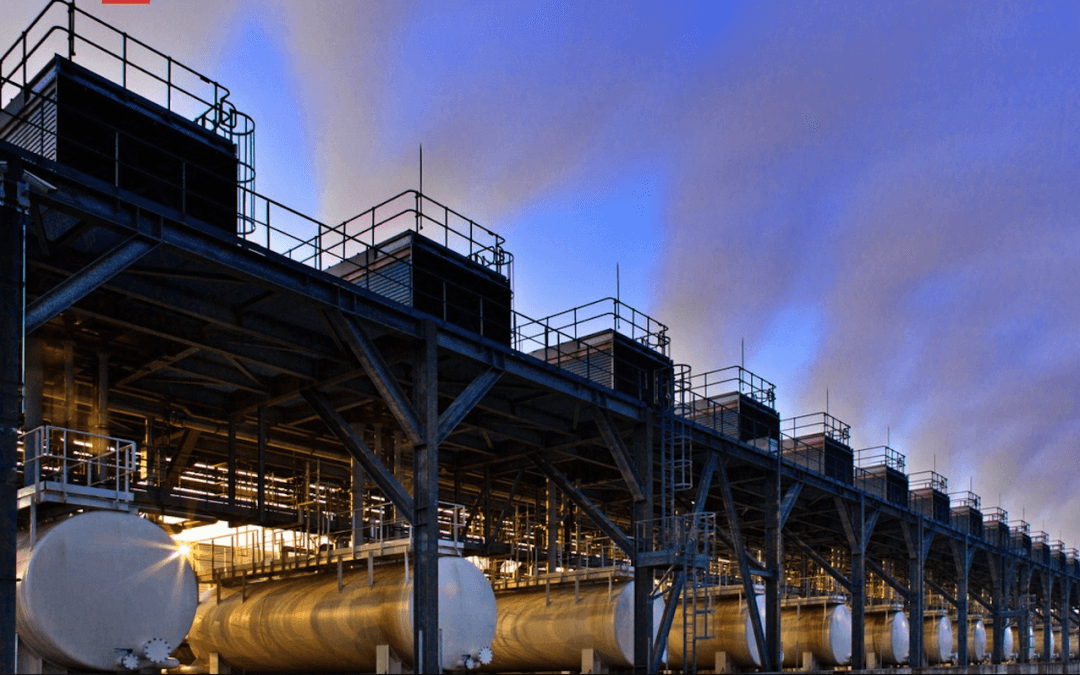
by LDeX Group | Feb 5, 2018 | Blog, Press
Third facility to employ up to 1,200 people and be put into work by mid-2019.
Google has unveiled plans to build a third data centre in Belgium for a total capital expenditure of €253m.
The building is being erected at the company’s Saint-Ghislain hub in the Hainaut province.
According to local reports, construction work could employ up to 1,200 people and the facility is expected to start powering Google services from mid-2019.
The announcement was made by the company in the presence of Prime Minister Charles Michel and Minister of Digital Agenda Alexander De Croo.
The new data centre development also includes the installation of a new solar panel system and a third building for other uses.
The new investment brings Google’s investment in the Saint-Ghislain campus to €803m, after an initial investment of €250m in 2007 and second investment of €300m in 2013.
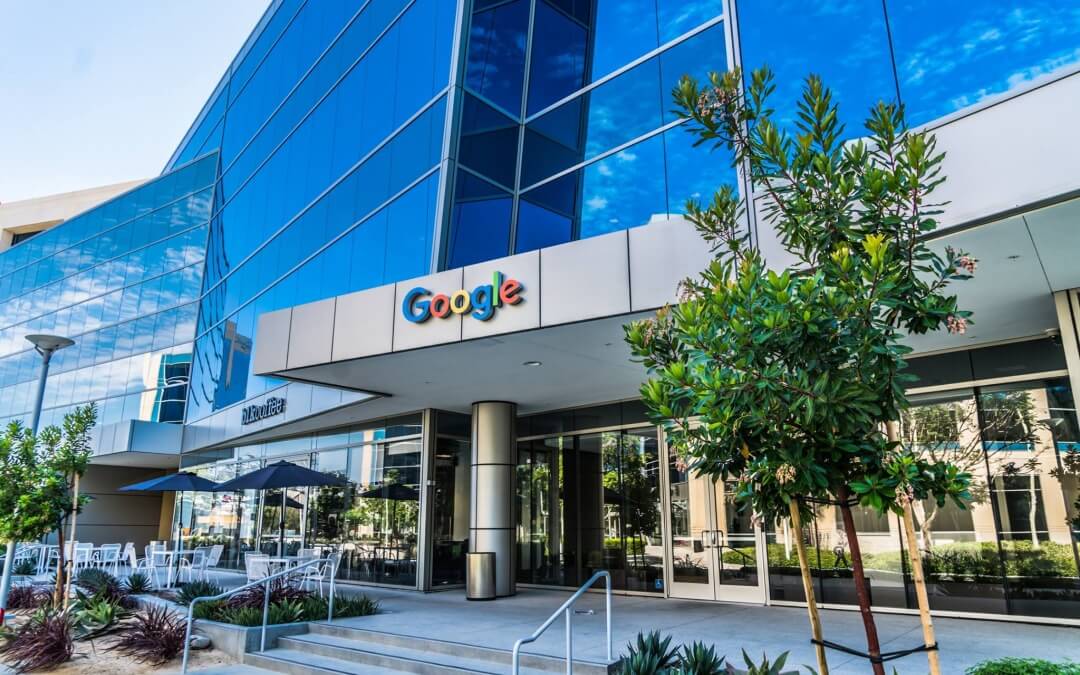
by LDeX Group | Jan 31, 2018 | Blog, Press
Company says it has spent over $30bn in IT infrastructure over three years, but warns it’s “not done yet” as its now seen as a communications brand instead of IT.
Google has announced the opening of several cloud regions and data centres across the world, as well as the commission of three subsea cables.The company is to open regions in the Netherlands and Montreal, Canada, before the end of March this year.The two new regions will be followed by Los Angeles (US), Finland and Hong Kong, “with more to come”. Additionally, Google will also commission three subsea cables to be laid in the Atlantic and Pacific oceans. The underwater infrastructure is to be commissioned in 2019.
Which cable has been named by the public cloud and content delivery giant. Curie will be a private cable connecting Chile to Los Angeles; Havfrue will be a consortium cable connecting the US to Denmark and Ireland; and the Hong Kong-Guam Cable system (HK-G) will be a consortium cable interconnecting major subsea communication hubs in Asia.
Google claims to be the first major non-telecom company to build a private intercontinental cable with Curie.
In fact, Google’s claim comes just days after S&P Global Inc. positioned Google – and Facebook – under the category of communications, exiting the information technology vertical.
The communications category is also expected to take over telecoms as the merger of telecommunications companies is expected with several internet and media stocks, Bloomberg reports.
Google’s VP Ben Treynor Sloss, said: “By deploying our own private subsea cable, we help improve global connectivity while providing value to our customers. Owning the cable ourselves has some distinct benefits.
“Since we control the design and construction process, we can fully define the cable’s technical specifications, streamline deployment and deliver service to users and customers faster. Also, once the cable is deployed, we can make routing decisions that optimize for latency and availability.”
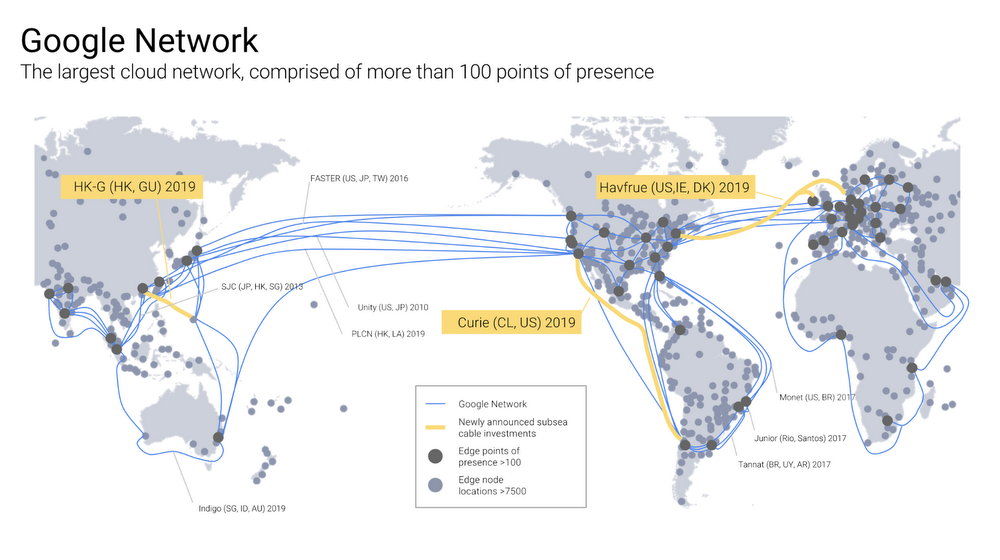

by LDeX Group | Jan 30, 2018 | Blog, Press
Grows data centre footprint to more than 50 facilities across the world and a combined customer portfolio of more than 10,000 businesses.
IT infrastructure operator Internap (NASDAQ: INAP) has entered into a definitive agreement to acquire infrastructure as a service (IaaS) provider SingleHop in an all cash transaction worth $132m.
SingleHop is a Chicago-based company with approximately 3,000 customers across 124 countries and data centres in North America and Europe.
The combined business will result in a portfolio of more than 10,000 customers, with services presence especially increased in Chicago, New York City, Phoenix, and Amsterdam.
Internap’s footprint it to grow to more than 51 Tier-3 data centres in 21 metropolitan markets and 90 points-of-presence around the world.
The company currently manages one million gross sqf under leaser with 500,000 sqf of data centre space.
Internap will be acquiring SingleHop in an all cash deal for $132m reflecting a purchase multiple of approximately 7x after synergies, based on annualized Adjusted EBITDA of approximately $16m for 3Q 2017 and expected annualized cost synergies of $2m to $3m. INAP expects SingleHop will contribute $45m to $50m in annualised revenue post-closing.
Peter D. Aquino, President & CEO of INAP, said: “The INAP turnaround strategy includes restoring top-line organic revenue growth while leveraging smart tuck-in acquisitions to accelerate that growth.
“Today we announce significant progress on both fronts: We are reporting a positive outlook for 4Q 2017 revenue, which is up sequentially, and we are ahead of turnaround expectations. We are also pleased to announce the signing of an agreement to acquire SingleHop and welcome their customers and employees to the INAP family.”
Zak Boca, co-founder and CEO of SingleHop, said: “These two companies are extremely complementary, and together will offer customers an incredibly robust, modern IT platform, which was backed by investment firm Battery Ventures.
“SingleHop’s innovative approach to IaaS and the delivery of managed services combined with INAP’s global data center and network presence, will give clients a one-stop-shop for their IT needs. This is a strong combination that I’m very excited to be a part of. I look forward to transitioning to become the Chief Marketing Officer of INAP.”

by LDeX Group | Jan 23, 2018 | Blog, Press
Local authorities are expected to approve a new development codenamed Morning Hornet in the coming hours.
The world’s largest social media company could be about to announce one of the world’s largest data centre investments topping up to $20bn in capital expenditures on a single site over a number of years.
According to The Atlanta Business Chronicle, Facebook is expected to announce a 400-acre campus in the Greater Metro Atlanta, east of Covington.
The site is to be located at Stanton Springs, mainly in the Walton County, a new development backed by local authorities to boost the settlement of large corporate campuses, data centres, advanced manufacturing or bio-pharmaceutical facilities, or high-technology distribution centres in the region.
The Facebook project could be codenamed under “Morning Hornet”. The local Joint Development Authority for the Walton County and three other counties that also own part of the land in which Stanton Springs sits, are expected to approve the purchase and sale agreement, pre-development agreement and site access agreement of the secret development this Tuesday.
Facebook was not immediately available for comment.
According to the company’s job page, Facebook is currently looking for a construction project engineer to be “located in the South-eastern region of the United States”.
“The exact location is still to be determined,” it reads in the ad that includes Atlanta, GA, as a general location.
Additionally, Facebook has also posted job vacancies for two construction project managers to be based at the same “still to be determined” location.
If Facebook announces a hyperscale data centre campus in Atlanta, the company will be joining one of the fastest growing hosting hotspots.










